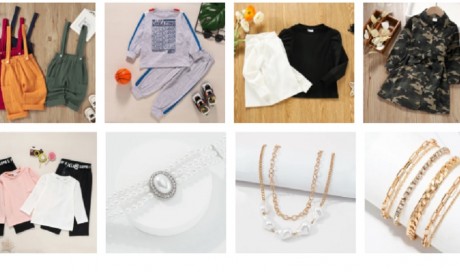Did you know that many of the backyard weeds that many of us spend time fighting and spraying with chemicals (like Plantain) are actually medicinal plants with health benefits?
We may prefer carefully manicured yards, but often the time, money and effort needed to keep a lawn looking great aren’t worth it, especially when you have to destroy these backyard herbal remedies in the process.
Over the last few years, I’ve learned from local horticulture professionals and wildcrafters that there are several beneficial herbs that naturally grow in my backyard and that I can harvest and use!
Wildcrafting Tips
Harvest only some of the plant so that it can continue growing. 1/3 or less is generally considered a good amount to allow continued growth of the plant.
Use the herbs you harvest right away or take steps to preserve them immediately (drying, freezing, etc) so that they don’t spoil or lose their benefits.
Important note: There are many native beneficial plants in most locations, but some plants can be dangerous or deadly. Never harvest or consume any plant unless you are absolutely certain what it is. Personally, I’d recommend getting a good field guide and also consulting someone who is knowledgeable about the plants in your area before harvesting and using them. Also, avoid harvesting plants from areas that may have been sprayed or have any kind of chemical run-off. I prefer to harvest from my own backyard or areas that I can confirm are safe.
Warning: Check with your healthcare professional before consuming any herb medicinally, though many of these plants can be used as a food and not medicinally.
These are five of the beneficial herbs I found in my backyard and harvested for use…
1. Plantain

Plantain-Backyard Healing HerbChances are, you’ve seen this herb before and probably consider it a weed. This incredibly useful herb (not to be confused with the starchy cooking plantain that resembles a banana) is native to many areas and has a host of medicinal benefits. As Mountain Rose Herbs explains:
Plantain is very high in vitamins A and C and in calcium. Medicinally, Native Americans used plantain leaves to relieve the pain of bee stings and insect bites, stop the itching of poison ivy and other allergic rashes, and promote healing in sores and bruises. Plantain tea can be used as a mouthwash to help heal and prevent sores in the mouth, and as an expectorant. Most recently, plantain is being marketed as a stop smoking aid, adding one more use to the list of ways that this versatile herb is useful.
In folk remedies, it is often said that plantain is found within 10 feet of the plants and insects it is a remedy for. It is widely known and used for all types of insect bites and stings, as well as for poison ivy and irritation from other plants (like stinging nettle).
How to Use Plantain Leaf:
- The fresh leaves can be used as greens in salads
- Fresh leaves can be made into a poultice for insect bites, stings or burns
- In a pinch, chew a fresh leaf of plantain and spit onto an insect sting to relieve the pain
- A tea of plantain is said to help with hay fever
- Dried plantain leaf is excellent to add to healing salves and other remedies for its skin soothing and healing benefits
2. Dandelion

Another herb that you almost certainly know and have, but that you may not have realized was a beneficial herb is Dandelion.
The entire plant can be used and each part (root, leaves, and flowers) have some different benefits. All parts of the plant can be harvested and used, from MRH:
Its leaves and root contain substantial levels of vitamins A, C, D, and B complex as well as iron, magnesium, zinc, potassium, manganese, copper, choline, calcium, boron, and silicon. In almost every herbal healing tradition, the root of the dandelion has been used for the treatment of a variety of liver and gallbladder problems.
Dandelions are through to correct the physiological reactions triggered by intense emotions that cause eyestrain or red, swollen, and painful eyes. They are used in teas and poultices for abscesses and sores, especially on the breast. They promote lactation and clear painful urinary dysfunction.
Typically used as tea or tincture. Chopped dandelion root rather than dandelion root powder is most often used to make teas combining dandelion and other herbs. Dandelion root powder is used when diuretic effect is emphasized. Chopped dandelion root can be combined with myrrh to make a poultice for boils and abscesses, with honeysuckle flowers to make a tea to be drunk to treat boils and abscesses, with skullcap and/or chrysanthemum flowers to make a tea to be drunk to treat sore eyes, or with heal-all to treat hard phlegm in bronchitis. Can also be administered in capsule or extract form for convenience.
Though you can buy dandelion root and dandelion leaves pre-dried and pre-harvested, it is such a simple herb to harvest yourself and a great way to save money. These are some of my favorite uses:
- The leaf used in teas for a nutritive herbal tea
- In a poultice externally for skin irritations
- Breading the flowers and pan frying them for a nutritious treat
- Sautéing the leaves in olive oil for a nutritious treat
- Chopped dandelion leaves added to soup for extra nutrients
- Roasted dandelion root as a tea in place of coffee
- The flowers can be used in a delicious iced tea
...[ Continue to next page ]
Share This Post















